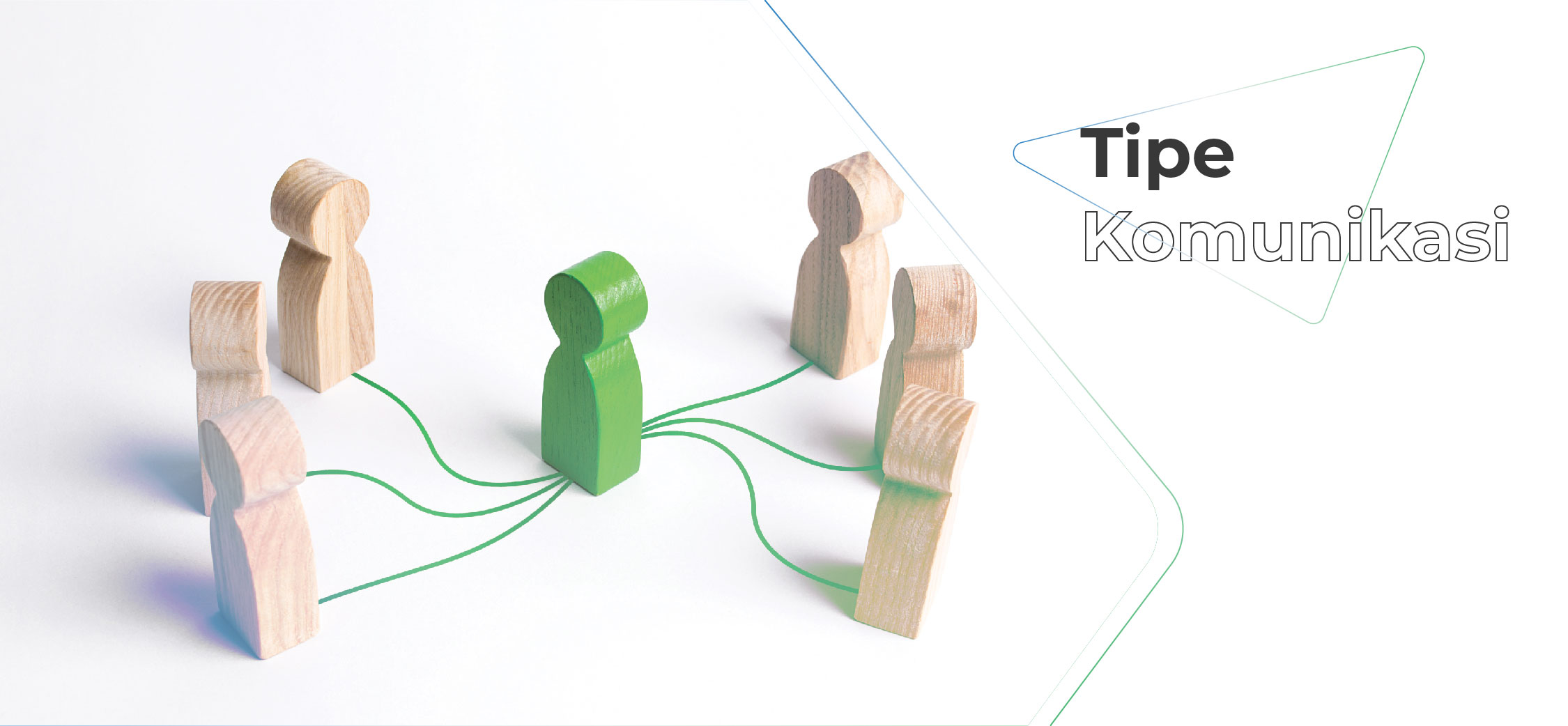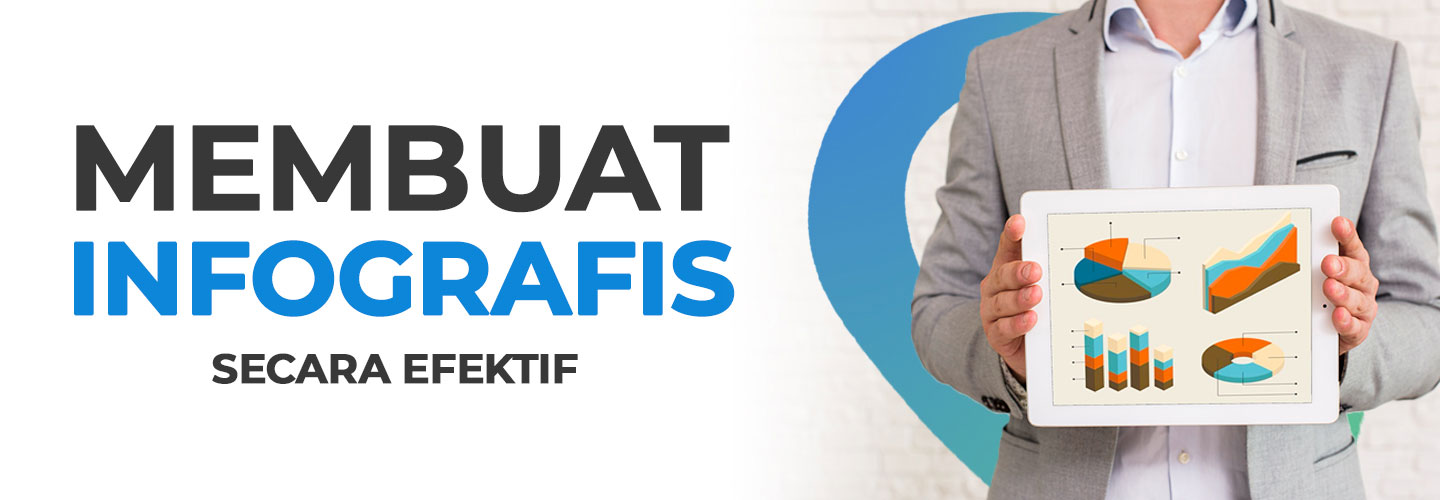Various Types of Communication in the Workplace That Are Proven to be Effective

Leading a team is a huge challenge in the workplace. You need to communicate well with everyone. Without good communication, you will probably encounter many problems in the workplace together. However, what type of communication should be used?
There are four basic communication styles used by people in the world of work. In fact, there is no one better communication style. Each type of communication has its own advantages and disadvantages.
You just need to use it appropriately. The reason is, using the wrong type of communication in the world of work will only create new problems. It's a good idea for you to know and understand how to use each type of communication so you can use it when needed.
Benefits of Having the Right Type of Communication
Choosing the right communication will bring many benefits to the performance of all teams. Here are some positive results that can be obtained:
- Improved team and individual performance
- The work results are certainly better at all levels
- Have more time to get work done, instead of using it to give directions
- Able to provide faster and more precise strategies
- Increase the morale of each individual so they feel like they are a unified team
Types of Communication in the Workplace
Different communication styles will also give rise to different feedback from other people. For more details, consider the types of communication that can be carried out in the world of work.
1. Analytical communication
An analytical communication style means you need to talk to your team and colleagues with existing data. You have to play with numbers and look cynically at a series of adjectives without data that follow them.
There are times when you need to lead with an analytical style to encourage all team members to work based on facts. The advantages of this type of communication also reduce the emotional level in determining strategy.
On the other hand, the analytical type of communication will bring you excessive frustration. It can be very stressful when you see data reflecting negative trends. Not only that, you can also be very annoyed when other people speak without data.
2. Intuitive communication
The advantages of an intuitive communication style are speed and accuracy in the targets you want to achieve. You will bring big ideas that many people often don't have. You won't worry too much about the details because you'll be happier jumping from the beginning to the end.
You will also invite the team to focus more on results. In general, this type of communication will trigger better teamwork in terms of achieving work goals.
On the other hand, you may not have much patience or time to look at the details. In some cases, details are necessary and you will miss them. For this reason, be prepared for long conversations to hear ideas from other people.
3. Functional communication
On the other hand, functional communication will bring details down to the smallest detail. This type will use a part-by-part approach and ensure that no details are overlooked.
You may want to think about more details so that an idea is something that everyone can consider. Not infrequently, you will immediately go down yourself to do something so that everything is in the right place.
However, you may experience some problems when meeting colleagues who have an intuitive style. Try to be more patient in conveying a detailed idea. Additionally, encourage them to keep an eye out for details in the work.
4. Personal communication
A more personal communication style will make it easier for you to get along with your coworkers. You will probably come up with an idea of discussing fun things before starting the actual work.
Touching everyone's hearts will make you and others more comfortable conveying ideas. You can also encourage them to make detailed things in the idea planning process. Apart from that, you can also understand the emotions and morals they are feeling while working.
On the other hand, casual conversations and being personal can sometimes bring bad things in some cases. You may bring too much emotion into your decision making. So, try to remain professional in using real data and details.
Since each type of communication can lead to different results, try to consider the right choice for each person. As a leader, you are also expected to be able to display a leadership style that is appropriate to each situation.
You can learn every communication style in the workplace in the Team Leadership: Becoming Flexible Leaders Program from Prasmul Eli. This program will help leaders to diagnose the condition of each subordinate and adjust their communication style to bring outimaximum performance. You will be invited to learn how to give specific and clear directions, listen actively, provide feedback and increase the confidence of colleagues.


